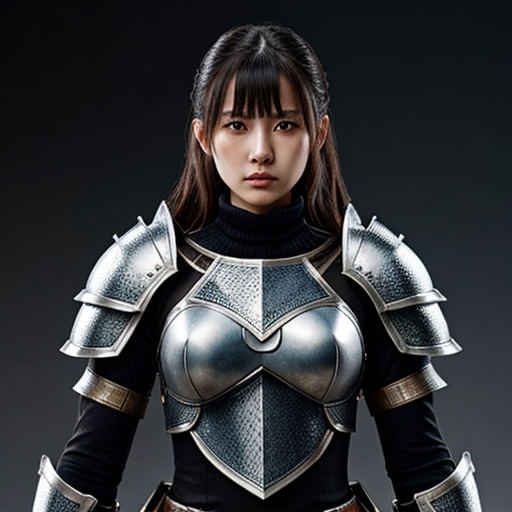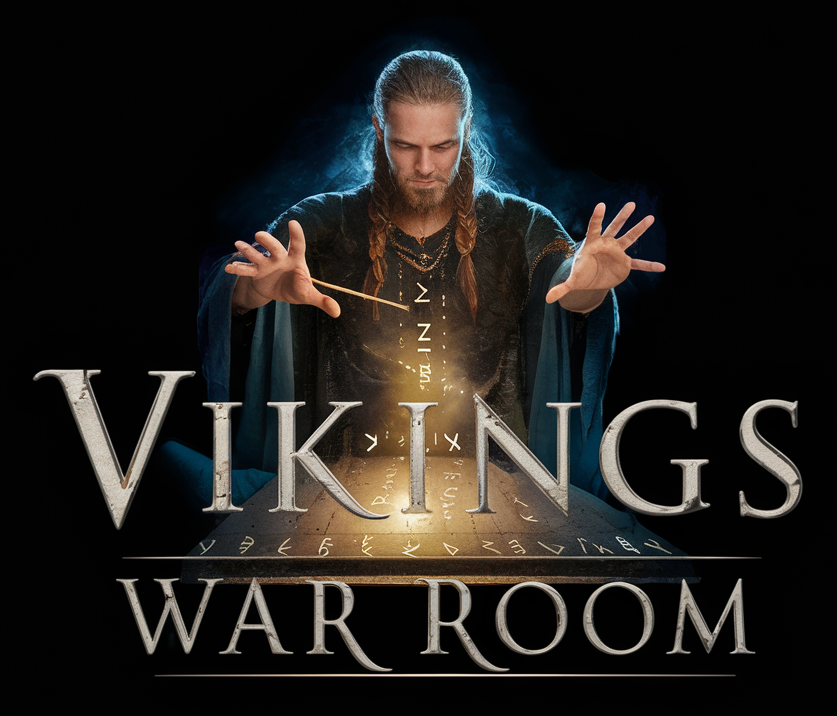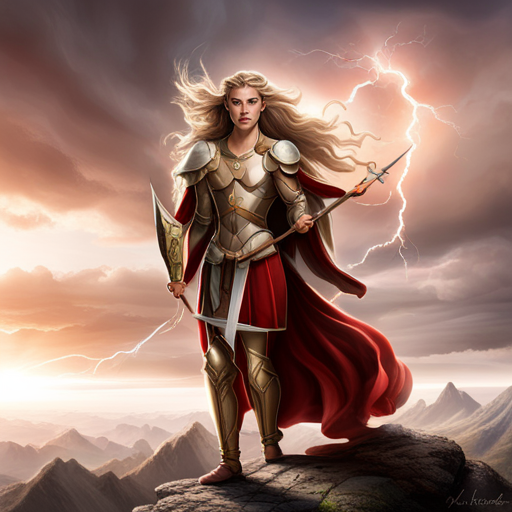Well, well, well, it looks like we have some curious folks interested in the protective gear of Norse warriors. You’ve come to the right place, my fellow history buffs.
As someone who’s obsessed with the Viking age, I’ve researched and learned about the different types of body armor these fierce warriors used to protect themselves in battle. And let me tell you, it’s pretty impressive stuff.
From chainmail to plate armor, the Vikings had a variety of options when it came to protecting their bodies in battle. Each type of armor had its strengths and weaknesses, and it’s fascinating to see how the Vikings adapted to different situations.
So, grab a horn of mead and settle in as we explore the different types of Viking body armor. Who knows, maybe you’ll even find your own personal Viking style in the process.
Chainmail Armor
You may feel invincible in chainmail, but remember that even the strongest armor has its weaknesses. Chainmail armor was made up of thousands of interlocking metal rings, which provided excellent protection against cuts and slashes.
Vikings used chainmail armor to protect their bodies during battles, raids, and even in everyday life. However, chainmail armor was not invincible. It was vulnerable to thrusting attacks, like those of a spear or sword. These attacks could easily penetrate the rings and cause serious injury to the wearer.
Additionally, chainmail armor was heavy and could restrict movement, making it difficult for Vikings to maneuver during fights. Despite these weaknesses, chainmail armor was still a popular choice for Norse warriors. It provided excellent protection, especially against cutting and slashing attacks.
Vikings would often wear chainmail armor over other types of armor, like leather or padded cloth, for added protection. However, as weapons and warfare evolved, chainmail armor became less effective. Vikings began to opt for more lightweight and maneuverable armor, like leather armor, to better suit their needs on the battlefield.
Leather Armor
Leather was a popular choice for Viking armor due to its flexibility and durability, and it was often treated with wax or oil for added protection against the elements.
Interestingly, historical records show that leather was used not only for body armor, but also for helmets and shields, making it a versatile material for Norse warriors.
Leather armor was also relatively easy to produce, making it accessible to soldiers of all ranks. Here are some key features of Viking leather armor:
1. It was made from animal hides, such as cow, horse, or deer.
2. The leather was boiled in water to soften it, making it easier to shape and mold.
3. The armor was often decorated with metal studs or embossed designs for added style and intimidation.
4. Leather armor was not as effective against swords and axes as chainmail, but it provided good protection against arrows and other projectiles.
Scale Armor
Scale armor, made up of small metal scales sewn onto a leather or cloth backing, was another popular form of protection for Norse warriors. It was lightweight, flexible, and allowed for ease of movement. The scales were typically made of iron, but sometimes bronze or other metals were used.
The scales were sewn onto the backing in rows, overlapping each other to create a solid layer of protection. The scales were often decorated with intricate designs, making the armor not only functional but also aesthetically pleasing.
While scale armor was effective in protecting the wearer, it did have some weaknesses. The gaps between the scales could be exploited by an enemy, leaving the wearer vulnerable to attacks. Scale armor also required regular maintenance, as the scales could become loose or fall off over time.
Despite these drawbacks, scale armor remained a popular choice for Norse warriors and was used until the end of the Viking Age.
Next, let’s take a look at another type of armor – lamellar armor.

Lamellar Armor
Made up of small, overlapping plates of metal or leather, lamellar armor was a common form of protection for warriors in many different cultures throughout history. The Vikings used lamellar armor as a means of safeguarding themselves during battle. This type of armor was made up of rectangular or oblong plates, which were laced together with leather cords to create a flexible and sturdy layer of protection.
Unlike scale armor, which was made up of small, individual scales attached to a fabric or leather base, lamellar armor provided better protection against arrows and other piercing weapons. The overlapping plates created a layer of defense that was difficult to penetrate, and the flexibility of the armor allowed warriors to move more easily in combat.
Lamellar armor was often worn along with a helmet, shield, and mail shirt, creating a complete protective ensemble for the Norse warriors. As the Vikings continued to develop their military tactics and equipment, they eventually moved on to using plate armor, which we’ll explore in the next section.
Plate Armor
You might be thinking that plate armor wouldn’t allow for much movement, but it actually provided excellent protection while still allowing for flexibility and mobility.
Plate armor was made up of individual metal plates that were attached to each other by leather or metal straps. The plates were strategically shaped to fit the curves of the body, allowing for maximum coverage while still allowing the warrior to move freely.
Plate armor was typically worn by the wealthiest and most elite Viking warriors, as it was expensive to produce and required a high level of craftsmanship. It was also often adorned with intricate designs and symbols that represented the warrior’s status and allegiance.
Despite its cost, plate armor was an effective form of protection in battle and allowed the wearer to confidently charge into battle without fear of injury.
Frequently Asked Questions
Did Viking warriors typically wear different types of armor for different battles or situations?
As a history enthusiast, I’ve always been curious about the armor that Viking warriors wore.
From what I’ve gathered, it seems that Vikings did not typically wear different types of armor for different battles or situations.
Instead, they relied on a few key pieces of protective gear, such as chainmail shirts and helmets, to keep them safe in combat.
However, the level of protection varied based on the warrior’s wealth and social status. Some Vikings had access to more advanced armor, such as lamellar armor or padded leather jackets, while others had to make do with simpler gear.
Regardless, it’s clear that Viking warriors were skilled fighters who knew how to use their armor to their advantage in battle.
What materials were used to create the padding and undergarments worn beneath Viking armor?
As someone who’s always been fascinated by the Viking culture, I started to wonder about the materials that were used to create the padding and undergarments worn beneath Viking armor.
After some research, I discovered that the Vikings used a variety of materials for their protective gear.
For the padding, they used wool or linen, which would provide both comfort and insulation during battle.
Undergarments were typically made of linen, which was breathable and would absorb any sweat.
The Vikings were known for their attention to detail and quality, and this extended to their armor and undergarments.
It’s fascinating to think about the level of care and consideration that went into every aspect of Viking warfare.
When it comes to Viking armor, social status and rank played a big role in determining what type of gear was worn. As a higher-ranking warrior, I would have access to more ornate and expensive armor, such as chainmail or even armor made from reindeer antlers.
Lower-ranking warriors may have had to make do with simpler leather or padded armor. However, regardless of rank, all Viking warriors were expected to have some form of protective gear, as battles were brutal and unforgiving.
As a Viking warrior, my armor wasn’t just a means of protection, but also a symbol of my status and belonging within the warrior class.
Were there any specific symbols or designs incorporated into Viking armor for both functional and aesthetic purposes?
When it comes to Viking armor, there were certainly symbols and designs incorporated for both functional and aesthetic purposes.
As a Viking enthusiast, I find it fascinating that many of these symbols were also tied to Norse mythology and beliefs.
For example, the ravens of Odin were often depicted on Viking helmets, as they were believed to be his messengers.
Other designs, such as those found on the famous Sutton Hoo helmet, were intricate and beautiful while also providing protection for the warrior.
These designs were not only functional, but also served as a way for the warrior to display their wealth and status within Viking society.
It’s clear that Viking armor was not only practical, but also a means of expressing one’s identity as a member of the warrior class.
How did Viking armor compare to armor used by other cultures during the same time period?
When it comes to comparing Viking armor to that of other cultures during the same time period, one must first understand the unique challenges and circumstances that Vikings faced.
For example, the Vikings were known for their seafaring and raiding, which required armor that was both flexible and lightweight. This is in stark contrast to the heavy plate armor used by knights during the same era.
Additionally, Viking armor often incorporated chainmail, which was not as common in other cultures. Overall, while Viking armor may not have been as flashy or ornate as armor from other cultures, it was designed to meet the specific needs of the Viking warrior and was highly effective in combat.
Conclusion
So there you have it, the different types of body armor used by Viking warriors. As a history enthusiast, I find it fascinating to ponder the battles that they waged and the equipment they used to protect themselves.
It’s incredible to think of the craftsmanship that went into creating each piece of armor, the dedication of the warriors who wore them, and the protection they provided on the battlefield.
While there are theories about how effective each type of armor was and which one was most commonly used, the truth is that we can never truly know.
What we do know is that the Vikings were skilled fighters who utilized a variety of armor to protect themselves in battle. Their legacy lives on today, and we can continue to learn from their ingenuity and bravery.





